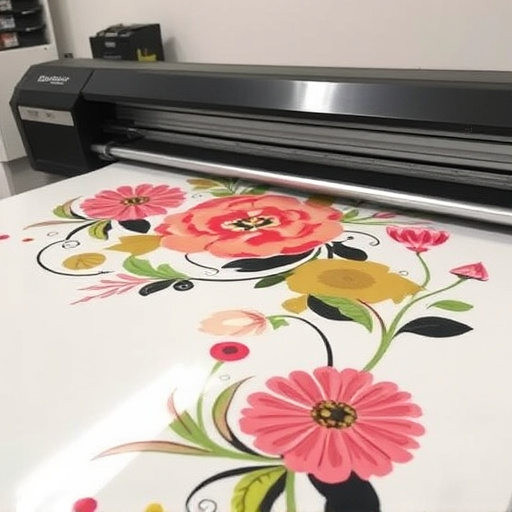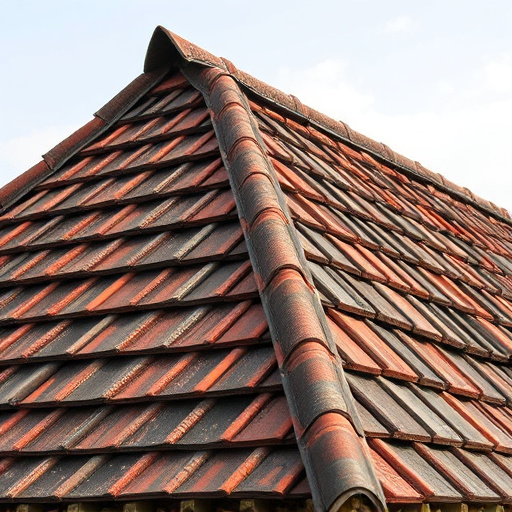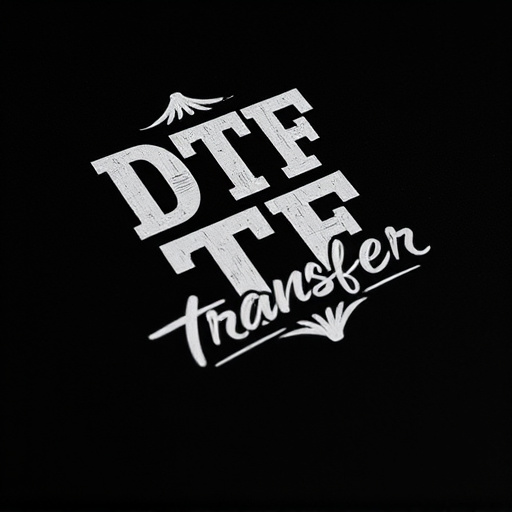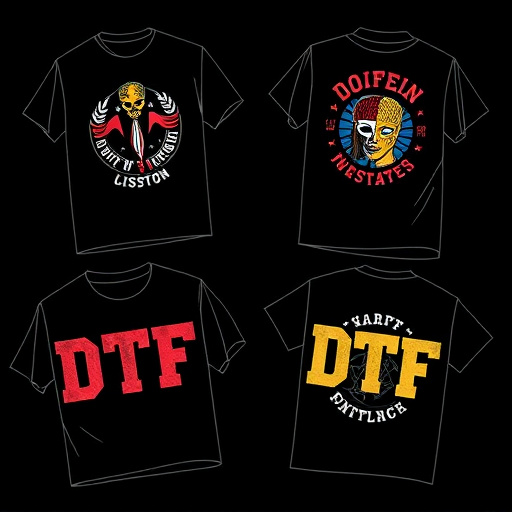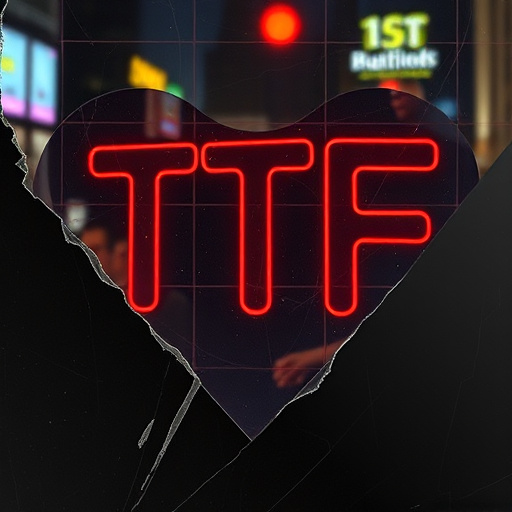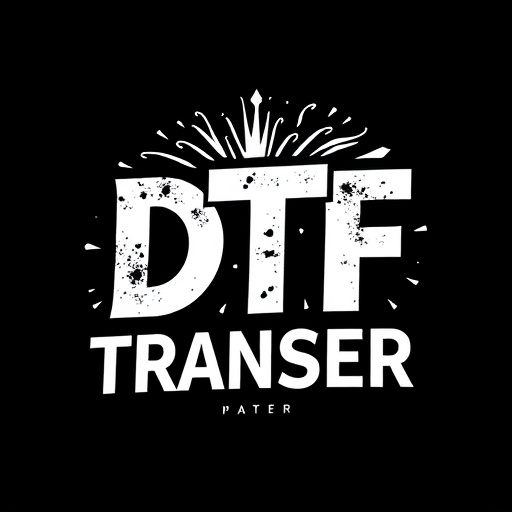Direct-to-Film (DTF) transfers are a cutting-edge printing technology transforming business applications, especially in signage and display advertising. DTF Printing offers unparalleled versatility and quality for durable outdoor displays, with complex designs featuring vibrant colors and high resolution. The process involves exposing light-sensitive films precisely, resulting in accurate color reproduction and fine detail. These prints are laminated for protection against environmental factors, ensuring longevity outdoors. Commercial-grade DTF transfers provide businesses with high-quality printing solutions, streamlining production, reducing waste, saving time, and cutting costs. This technology is suitable for various applications from window graphics to branded apparel, enhancing customer engagement and improving visitor experiences. When choosing a partner, prioritize providers with advanced technology, timely deliveries, robust quality control, and reliable customer support. The future of DTF technology promises advancements in color accuracy, processing speed, and material durability, aligning with the evolving needs of businesses worldwide.
“Unleash the power of direct-to-film (DTF) transfers for your business and elevate marketing efforts to new heights! This comprehensive guide explores the revolutionary technology behind DTF printing, offering a unique and vibrant alternative to traditional methods. From understanding the DTF process to its diverse applications in various industries, we delve into how commercial-grade DTF transfers can enhance brand visibility. Discover the benefits, explore real-world case studies, and learn key considerations for choosing the right partner, as we navigate the future of this exciting technology.”
- Understanding Direct-to-Film (DTF) Transfers: A Comprehensive Overview
- Benefits of Commercial-Grade DTF Transfers for Business
- The Process: From Design to Final DTF Print
- Applications in Various Industries: Case Studies
- Choosing the Right DTF Printing Partner: Key Considerations
- Future of DTF Technology: Trends and Innovations
Understanding Direct-to-Film (DTF) Transfers: A Comprehensive Overview
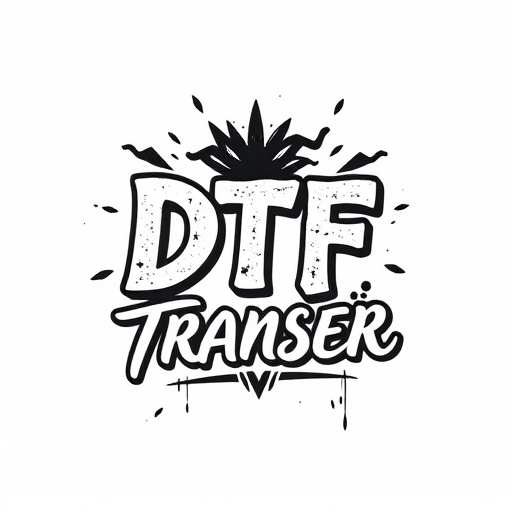
Direct-to-Film (DTF) transfers are a cutting-edge printing technology revolutionizing business applications, particularly in signage and display advertising. This method involves transferring digital images directly onto various film materials, offering unparalleled versatility and quality for creating durable outdoor displays. DTF Printing allows for complex designs with vibrant colors and high resolution, making it ideal for attracting attention in bustling urban environments.
The process entails using specialized equipment to expose light-sensitive films precisely, resulting in accurate color reproduction and fine detail. These DTF prints are then laminated for protection against environmental factors, ensuring their longevity outdoors. This technology is a game-changer for businesses seeking effective ways to promote their brands, products, or events, providing an alternative to traditional printing methods that often fall short in challenging conditions.
Benefits of Commercial-Grade DTF Transfers for Business
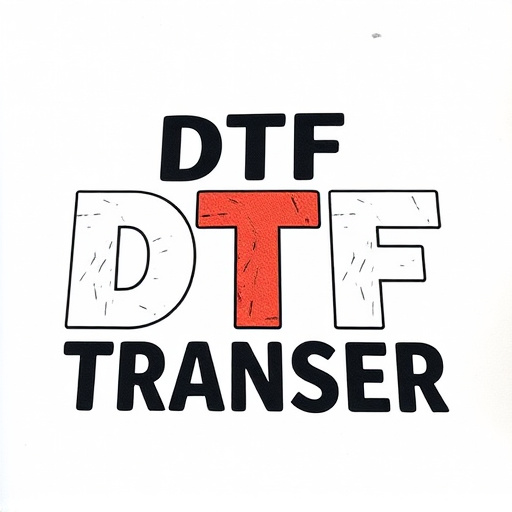
Commercial-grade direct-to-film (DTF) transfers offer a multitude of benefits for businesses seeking high-quality printing solutions. This cutting-edge technology enables precise and vibrant DTF prints, perfect for showcasing products, branding materials, or creating immersive visual experiences in retail environments. With advanced DTF printers, businesses can achieve exceptional detail and color accuracy, ensuring their marketing collateral stands out and captivates audiences.
Moreover, DTF transfers provide cost-effectiveness and efficiency. The direct printing method eliminates the need for intermediate steps, streamlining production and reducing waste. This not only saves time but also minimizes expenses associated with traditional printing processes. As a result, businesses can offer competitive pricing without compromising on the quality of their DTF prints, gaining a significant edge in today’s market.
The Process: From Design to Final DTF Print
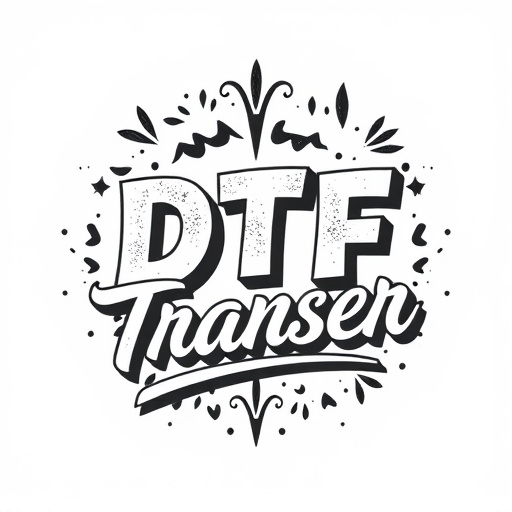
The process of creating commercial-grade direct-to-film (DTF) transfers involves several meticulous steps to ensure exceptional quality and precision. It all begins with design, where graphic artists use specialized software to craft or adapt artwork tailored for DTF printing. This digital file prepares the image for transfer onto various materials, from vinyl to fabric. Once the design is finalized, it’s time to choose the substrate—the material that will receive the print. Different substrates offer unique characteristics, influencing the final product’s durability and appearance.
The next stage involves setting up the printing equipment, which includes high-resolution printers capable of producing intricate details with remarkable accuracy. The DTF transfer is then applied to the selected substrate using heat and pressure, fusing the inks permanently onto the material. After printing, each DTF print undergoes careful inspection for any defects or inconsistencies, ensuring it meets stringent quality standards. This meticulous process results in vibrant, long-lasting DTf prints suitable for various business applications, from window graphics and signage to promotional merchandise and branded apparel.
Applications in Various Industries: Case Studies

Direct-to-film (DTF) transfers have found applications across various industries, revolutionizing printing and design processes. From retail and advertising to events and signage, DTF Printing offers a versatile solution for creating high-quality, durable prints directly on a variety of surfaces.
Case studies demonstrate the power of DTF in action. For instance, retail stores use DTF to produce eye-catching window displays and promotional materials, enhancing customer engagement. Event organizers leverage DTF to create personalized banners and signage, adding a touch of uniqueness to weddings, conferences, and festivals. Additionally, museums and art galleries employ DTF for exhibit labels and interactive displays, ensuring clear, long-lasting prints that enhance the visitor experience. These applications highlight the versatility and effectiveness of DTF Transfer technology in diverse business settings, making it a game-changer in modern printing solutions.
Choosing the Right DTF Printing Partner: Key Considerations

When selecting a partner for commercial-grade direct-to-film (DTF) transfers, several key considerations come into play. First and foremost, ensure they possess advanced DTF printing technology, as this directly impacts print quality and efficiency. The capability to handle high-resolution prints and diverse material types is essential for meeting various business needs.
Additionally, look for a partner with an established track record in delivering timely orders without compromising on quality. Reputable DTF printers should offer robust quality control measures, ensuring each print adheres to strict standards. Reliable customer support and flexible customization options further enhance the partnership benefits, allowing businesses to tailor DTF transfers to their unique requirements effectively.
Future of DTF Technology: Trends and Innovations

The future of Direct-to-Film (DTF) technology looks bright and promises significant advancements for business applications. As we move further into the digital age, DTF transfers are evolving to meet the demands of modern marketing and branding strategies. Innovations such as enhanced color accuracy, faster processing times, and improved material durability are at the forefront of these developments. With the rise of dynamic visual content and the need for high-quality printing on diverse surfaces, DTF technology is poised to revolutionize signage, packaging, and promotional materials.
One prominent trend in DTF technology is the integration of advanced imaging techniques, enabling the creation of intricate designs with fine details and vibrant colors. Additionally, the adoption of sustainable practices is gaining traction, with manufacturers exploring eco-friendly inks and media options that reduce environmental impact without compromising quality. These trends collectively suggest a future where DTF prints become even more versatile, efficient, and environmentally conscious, catering to the ever-changing needs of businesses worldwide.





